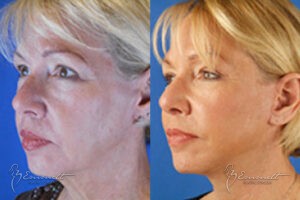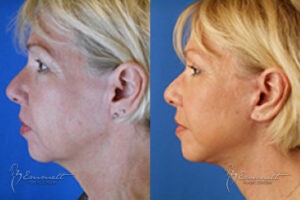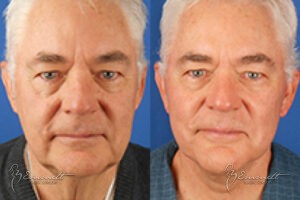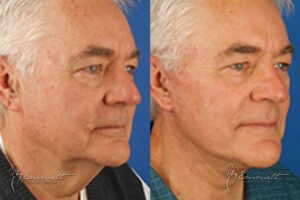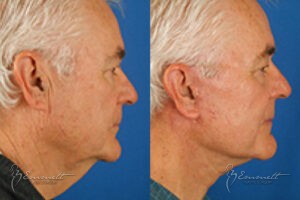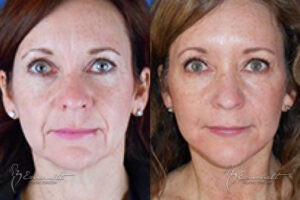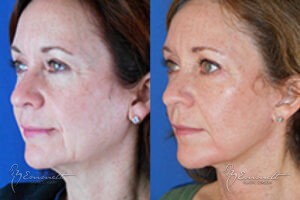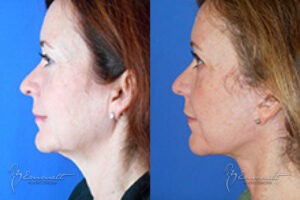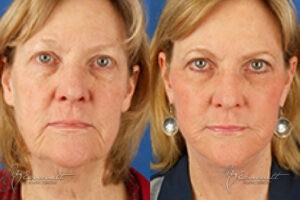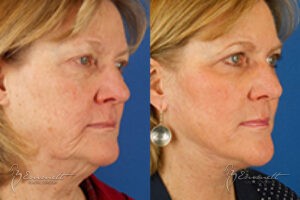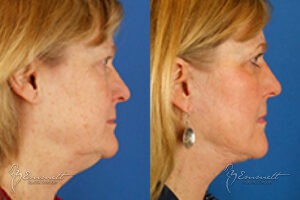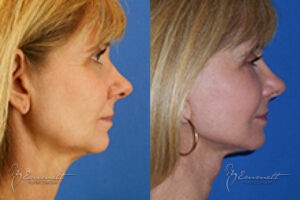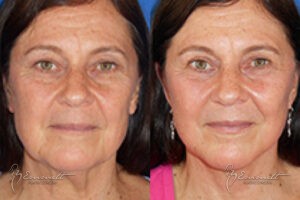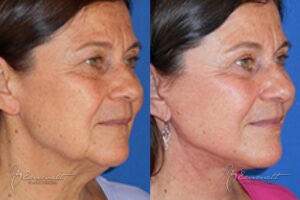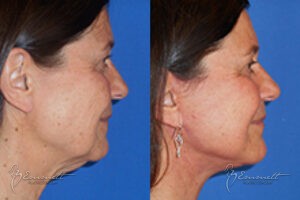100+ Five Star Reviews
Facelift Surgery Specialist
Look How You Feel On The Inside

Limited Time Special
$1,000 OFF!
(eligible for new patients who book this month only)
Call (303) 955-7545 today to schedule your free consultation!
Request Consultation
See A Younger You In The Mirror
Refresh your appearance, smooth away lines, and gently lift your features so you look younger, brighter, and more like yourself again.
Award-Winning Plastic Surgeon
Award-winning for excellence in plastic surgery, Dr. Emmett delivers natural results patients love. Discover why he’s the trusted choice for transformation.
Flexible Financing Options
We believe feeling confident should be within reach. We offer flexible financing options to help make your facelift goals possible, without putting your plans on hold.
Facelift Surgery Before & After Results
*Individual Results May Vary

See A Younger You In The Mirror Again
It’s natural to notice changes in your face over time—lines, sagging skin, or a softer jawline. Here in Colorado’s dry, sunny climate, it can happen even faster. You’re not the only one who feels this way, and you don’t have to face it alone.
With a facelift, Dr. Emmett can gently lift and refresh your features, smooth deep creases, and restore a youthful contour -often taking 10 to 15 years off. Every step is focused on helping you feel comfortable, cared for, and confident in results that still look like you. Let’s take this next step together.
If you are looking for a plastic surgeon look no more, Dr Emmett is the best! She is meticulous, a perfectionist, and only wants the best for her patients. She won’t try to “sell” you on a procedure you don’t need, she is 100% honest and upfront. Her office is gorgeous. I truly feel spoiled when I go to see her.
Charlotte E. From Google


Meet Your Facelift Surgeon
Jennifer Emmett, M.D., is a highly skilled and experienced plastic surgeon serving the greater Denver area. Schedule a private consultation today to discover what is possible for you.
- Denver’s Top Doctors 2023-2025 by 5280 magazine
- Castle Connolly Top Doctor for more than a decade
- Board Certified – American Board of Plastic Surgery
- Board Certified – American Board of Surgery
- General Surgery Residency – University of Colorado
- Plastic Surgery Training – Albert Einstein College of Medicine

What Concerns Can A Facelift Surgery Improve?
A facelift is more than just a surgery – it’s a way to feel like yourself again. Over time, skin can lose its firmness, lines deepen, and the contours you once loved begin to fade. A facelift gently lifts and smooths the skin, restores definition, and refreshes your appearance so you look as vibrant as you feel inside. A facelift is most affective in the following areas:

- Deep creases under the eyes
- Jowls
- Loose skin and fat under the chin and jaw
- Mid-face sagging
- Nasolabial folds
- Sagging fat
Different Methods Dr. Emmett Uses For Facelift Surgery
Every patient is unique, and Dr. Emmett tailors every procedure to the patient’s specific needs, but these are some general descriptions of the facelift methods she uses.
- Traditional facelift — This is the “full” facelift for rejuvenating the face, jowls, and neck. A full facelift involves lifting and repositioning the muscles and deeper tissues and removing certain attachments. Fat is sculpted (Dr. Emmett avoids removing too much fat to avoid creating a “hollow” look). Excess skin is trimmed and then re-draped. The incisions with a traditional lift start at the temples, run downward in front of the ear, wrap around the earlobe, and terminate in the hairline of the lower scalp. If the patient has particular issues in the neck area, a second incision is made under the chin to lift, tighten, and trim excess skin on the upper neck.
- Limited-incision facelift — The goals of this facelift aren’t as widespread, instead providing limited rejuvenation around the eyes and mouth, including nasolabial folds and other deep creases. Shorter incisions are made at the temples, around the ears, and if needed, in the lower eyelids and/or under the upper lip.
- Mid-face lift — As the name implies, this lift focuses on the mid-face, lifting the cheeks and removing lines. Mid-face lifts have become the most performed option for facelift surgeries today. Mid-face lifts can reduce puffiness under the eyes, correct nasolabial folds, and improve the cheeks. Incisions are small, usually in the lower eyelids or mouth.
- Neck lift — While not technically a “facelift,” neck lifts are often part of these procedures. After all, who wants a renewed face, only to have a sagging neck full of neck banding? The neck lift concentrates on jowls and fat under the chin. The incision is made around the earlobe and behind the ear to the lower scalp. An incision can also be made under the chin.
I had neck lift done and I am supper happy with the results. Doctor Emmett is great, very skilled, I will 100% trust her for any procedures I might do in the future. The Staff is great, very nice and caring.
O. Veniaminovna From Google

Facelift Surgery Frequently Asked Questions
Look And Feel Younger Now – Pay Later

CareCredit® specializes in providing funding for medical procedures. They offer a health care credit card that allows the holder to use it for their plastic surgery procedure or treatment. Like any credit card, a minimum monthly payment is required when there is a balance on the card. This is an easy solution for treatments, such as dermal fillers, that require repeated appointments to maintain.

Simmons Bank has extensive experience helping businesses achieve growth goals, including expansions and rehabs. Let us put that experience to work for you. We can help you explore your financial options and customize a plan that best suits your business needs. Find the area of expertise you wish to explore below to learn more about the types of financing available to you.

This financing option works in two ways. First, they work with healthcare facilities to give them the ability to offer financing directly to their patients. They also provide financing directly to patients who want to avoid the often high-interest rates on some credit cards. Their application process is simple and fast, and the loans have no prepayment fees or penalties.

With Cherry financing, you can spread the cost of your procedure into predictable payments while keeping your goals on track. The application is fast with a decision in most cases, and you’ll get straightforward terms so there are no surprises. Ask our coordinators to walk you through available plans and next steps.
I cannot say enough wonderful things about Dr. Emmett and the entire team at Emmett Plastic Surgery. From my very first consultation, they have been nothing but kind, accommodating, and incredibly professional. Every question I’ve had – no matter how small – has been answered with patience and expertise, making me feel completely at ease throughout this entire process.
Kayleigh K. From Google



